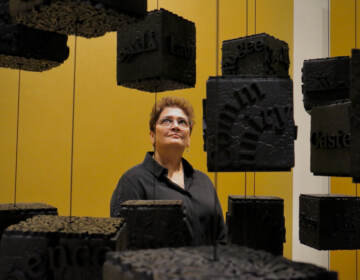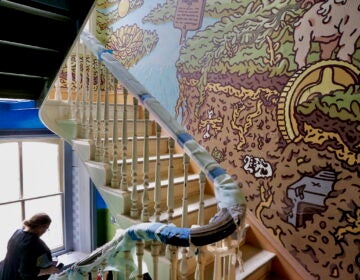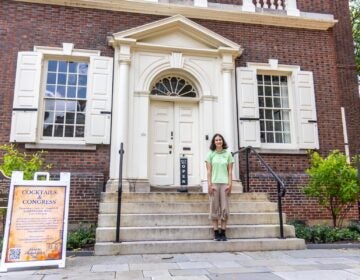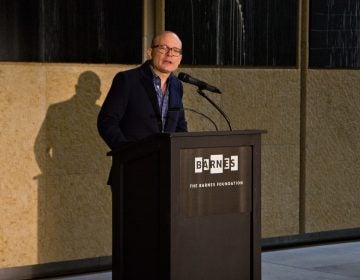New art gallery in Old City launches with an exhibition of Black healing
After 13 years of renting, Paradigm bought a 5-story building on 3rd St., inaugurating it with new work by Nazeer Sabree about Black healing.
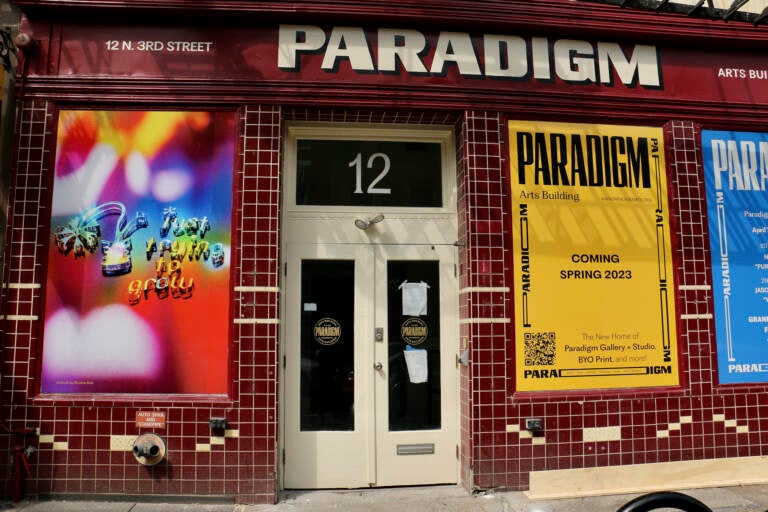
Paradigm gallery is holding its first show at its new home on Third Street in Old City. (Emma Lee/WHYY)
The arts landscape of Philadelphia’s Old City has a new inhabitant.
The Paradigm art gallery — which has been bouncing around Philadelphia for 13 years, most recently on Fourth Street near South Street — recently bought a five-story, 7,000-square-foot building at 12 N. 3rd Street, in the heart of Old City’s arts corridor.
Co-owner Sara McCorriston said the gallery’s community of supporters helped her acquire the $1.7 million building. She and her business partner Jason Chen raised $27,000 on the crowdsourcing platform IfundWomen.com, and had previously raised another $35,000 from their base of clients and supporters in an earlier attempt to buy the building on Fourth Street where they had been a tenant.
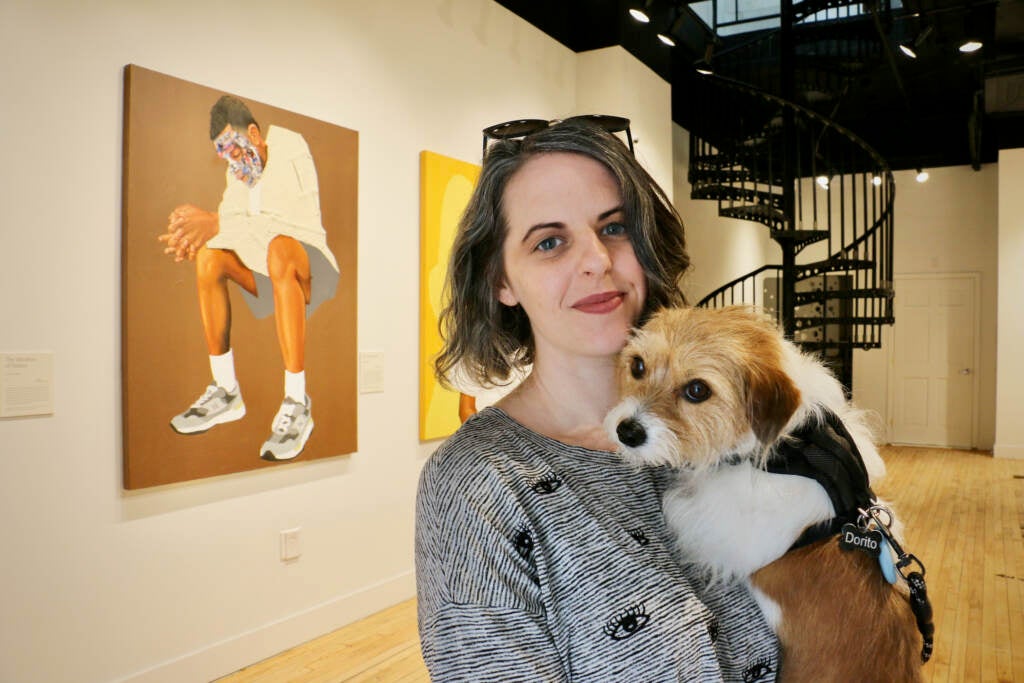
“We could not have done it without our community,” McCorriston said. “When we tried to buy our space on Fourth Street and we got outbid, I think people saw what happens when a small business isn’t able to stay in its space. I think people really wanted a permanent home for us.”
The new iteration of the building will be more community-focused. That change is reflected in the new name, Paradigm Arts Building, conceived to be a kind of art center, with exhibition galleries, classrooms, and office spaces for other art and design businesses.
People who contributed to the fundraising campaign were gifted memberships to the Paradigm Art Building, allowing them to sign up for classes and workshops first, with a discount.
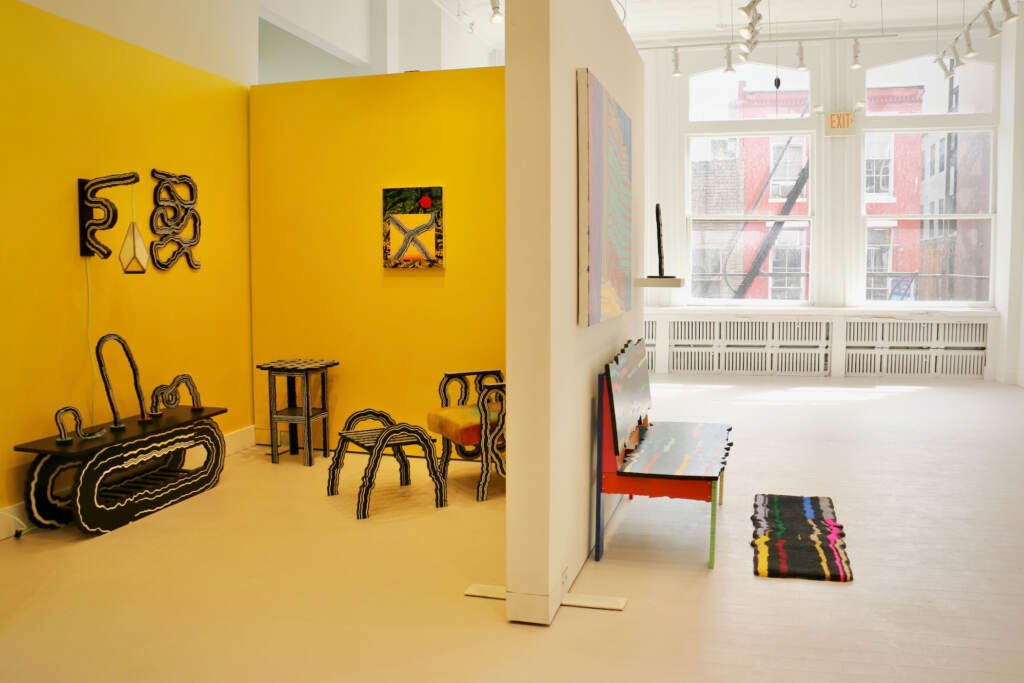
It’s a big step for a small business, said McCorriston, which she describes as “lucky”: lucky to have a generous base of supporters, lucky to have found an available building in Old City that did not need much renovation, and lucky to still be a business in the art world for 13 years. The final exhibition at Fourth Street was called “Lucky 13.”
“As spaces change hands and rent goes up and things like that, we wanted to have more control over the space and what our monthly costs were going to be,” she said. “We’re going to miss Fourth Street so much, but we found our dream home.”
The first two floors of the building are dedicated to exhibitions. They will be inaugurated this weekend by Nazeer Sabree on the first floor, and Jason Andrew Turner on the second. Both artists are rooted in Philadelphia, however Turner has relocated to Brooklyn.
Sabree’s “Pursuit of Healing,” his first solo exhibition, explores Black masculinity and Black healing through painting, digital collage, and video.
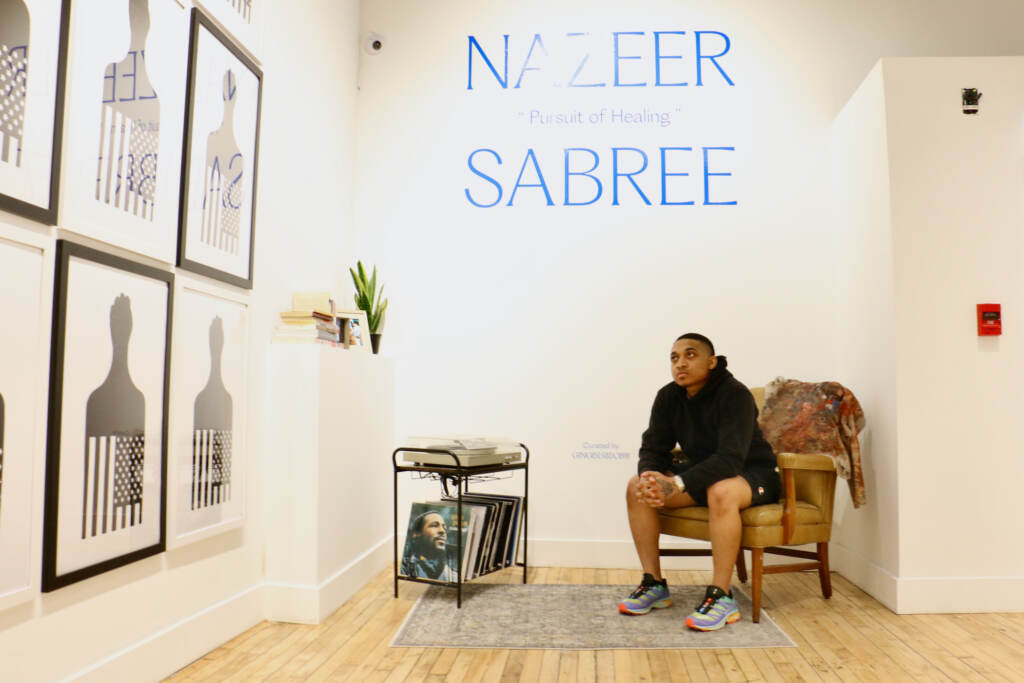
“Pursuit of Healing,” curated by Ginger Rudolph, features a new series of abstracted digital collage portraits called “Transgenerational Rorschach Fragments 1998” (TRF-98) that developed out of a previous series “False Face” — also on view — wherein he painted large-scale portraits of young Black men, with their faces covered by a collage of mixed messaging from advertising, media, peers, and various social and environmental forces.
Sabree says the earlier series reflect how young Black men navigate the external world, and the new series goes internal.
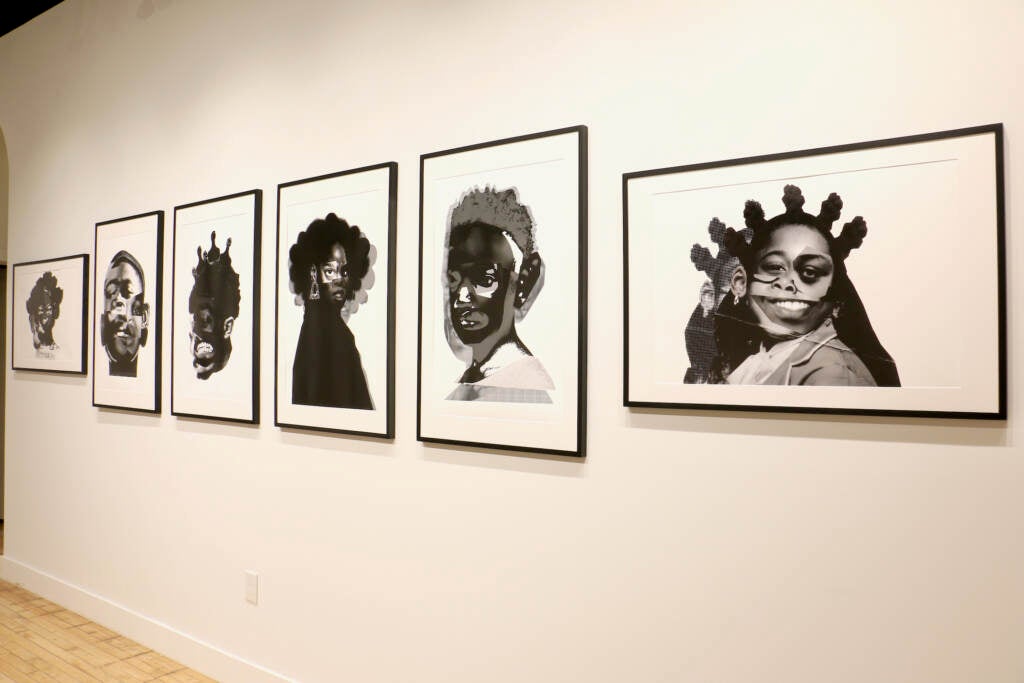
“This is the environment and how we move around,” he said, pointing to the earlier series hung in the gallery. “Whereas this new work is talking about our families, the things that our mothers, our fathers, their parents had to go through. Those generational curses and trauma that have been passed down, that have been unaddressed.”
The digital collage portraits are made up of images of many facial features overlayed on top of themselves. He pulled the imagery from his own family scrapbooks and personal photographs, creating deeply personal work that eludes narrative detail.

“Deep investigating my family, investigating my grandparents, investigating their parents, hearing stories that I never heard before, getting context, things that as a child I never knew,” Sabree said. “Really unpacking a lot of things that they were going through and seeing the similarities of stuff that’s happening now, and trying to get ahead of it. So I don’t repeat the same things. So I don’t perpetuate the same cycle. So I could break it.”
Sabree, 25, said he had struggled with his own bouts of anxiety, depression, and suicidal thoughts. Part of his artistic process is to examine the roots of mental health, and the possibility that they originate in earlier generations of his family.

“We never talk about the psychological things that we carry, that we get from our parents, the trauma that could be passed down, mental health that can be passed down,” he said. “I’m pretty sure my dad and my uncles didn’t have — I won’t say resources that I have today, but they didn’t have these outlets to talk. They didn’t have a space to be vulnerable.”
Sabree tries to make his own studio a space for people to be vulnerable. He says people often visit him in his studio in South Philly’s Bok Building, which he cultivates as a comfortable space where people can feel safe to talk.
“People leave that studio crying because they feel so comfortable, which I take pride in, making them feel comfortable,” he said. “That’s something that is my responsibility to do. I wish coming up when I was dealing with depression and anxiety and suicidal thoughts and stuff, I had someone like me.”

Sabree re-created a little piece of his studio inside the Paradigm gallery. In one corner of the room he assembled an upholstered chair, a small rug, a shelf of books, a cheap turntable, and a rack of vinyl records, all from his studio.
He said music is integral to his creative process; he listens to artists like Marvin Gaye, Sade, and Kendrick Lamar while he works.
“I can hear a lot of these paintings. There’s songs to these paintings,” he said. “That’s how I know I’m at a good spot. If they don’t have a song to them, I still need to work some stuff to tighten up.”

Get daily updates from WHYY News!
WHYY is your source for fact-based, in-depth journalism and information. As a nonprofit organization, we rely on financial support from readers like you. Please give today.



